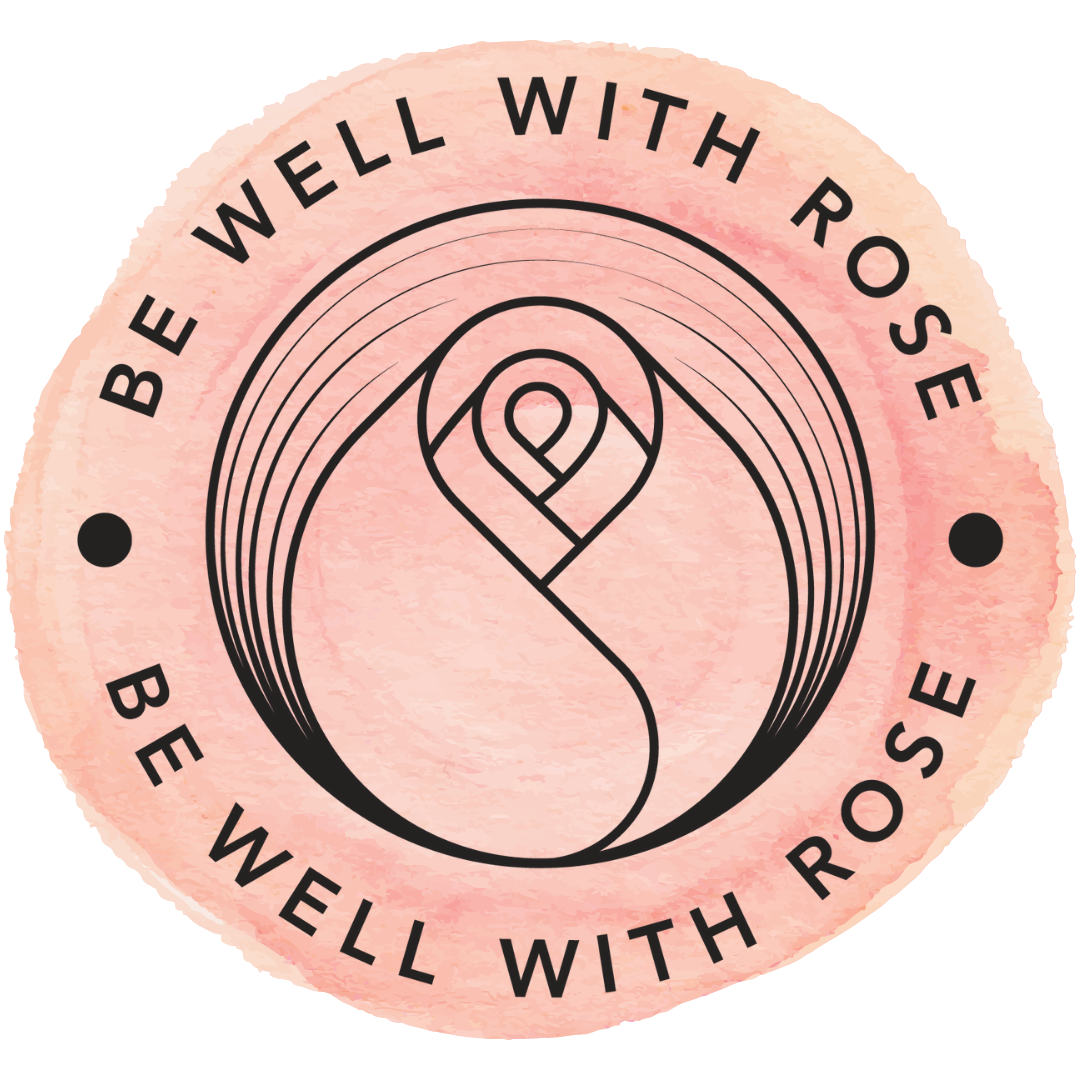What/where the heck are my pelvic floor muscles?!
Usually, when I speak to people for the first time about their pelvic floor muscles people know that they have them but they don’t know what they look like, how they work and why they should care.
Your pelvic floor is a sling of muscles that travel from your tailbone (your coccyx) to your pubic bone. They support your internal organs (bladder, rectum, and uterus) and function like a trampoline - lengthening as we inhale and shortening as we exhale. Just like the other muscles in our body, they need to be able to contract, relax and lengthen.
Your pelvic floor muscles need to be able to contract:
as a part of your core
to support your spine, (did you know that 95% of people with low back pain have some kind of pelvic floor dysfunction?!)
to support your internal organs
to allow you to have an orgasm
to keep your poop, pee and farts IN as needed (always appreciated).
Your pelvic floor muscles also need to be able to completely relax:
to give birth
to allow you to have sex without pain
to get your poop, pee and farts OUT as needed
The pelvic floor muscles are some of the most protective muscles in your body. Many of us hold tension and stress in our pelvic floors (just like we do in our shoulders) which can result in pain during sex.
Many of the women I work with are worried about being too loose or too weak but tight pelvic floor muscles can often cause more problems than weak ones! They can cause genital pain, discomfort during sex, difficulty reaching orgasm, leaking of urine with a sneeze or laugh, constipation and low back pain.
If this sounds like you, click below to grab my FREE guide to relaxing tight pelvic floor muscles!
Contracting, relaxing and lengthening is really easy to visualize with a bicep but not so easy in your pelvis. Check out the video above to get a visual of what’s going on down here.
It also helps to start developing pelvic floor muscle awareness using breathing, specifically breathing using your diaphragm. It’s free, easy and you can do it any time, anywhere. You can use the piston-like relationship between your diaphragm and pelvic floor to relax these muscles and bring blood flow and oxygen back to the pelvic floor.
As you breathe in, your pelvic floor relaxes and lengthens and as you breathe out your pelvic floor contracts and lifts.
The easiest way to check if you’re doing this properly is if you place your hands on your lower ribs. You should feel your ribs expand outwards to the sides as you breathe in and come back in when you breathe out. Do this 15 min/day and before and during sexual activity, it can make a world of difference!
Not only will this encourage your pelvic floor muscles to relax and bring lots of good blood flow and oxygen to the tissue, but it will also shift your body out of “fight or flight” sympathetic nervous system activation and bring it into “rest and digest” parasympathetic nervous system activation. This means you will be more relaxed, less stressed and anxious and have less pain!
ARE YOU READY TO GET TO THE BOTTOM OF YOUR PELVIC PAIN?
Click below to get started with your no-stress, no-commitment, no-charge strategy call.
Dufour S, Vandyken B, Forget MJ, Vandyken C. Association between lumbopelvic pain and pelvic floor dysfunction in women: A cross sectional study. Musculoskelet Sci Pract. 2018;34:47-53.
